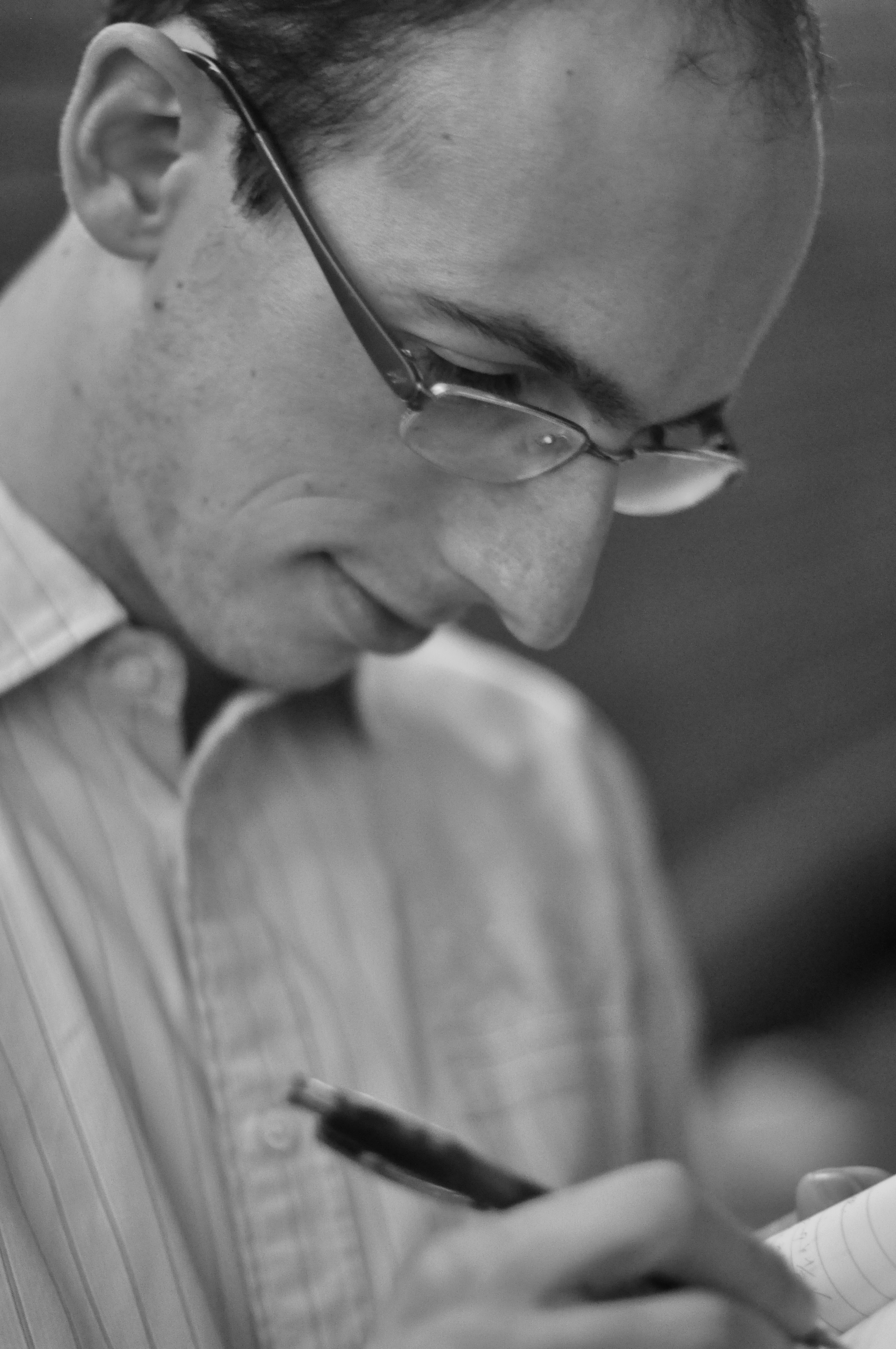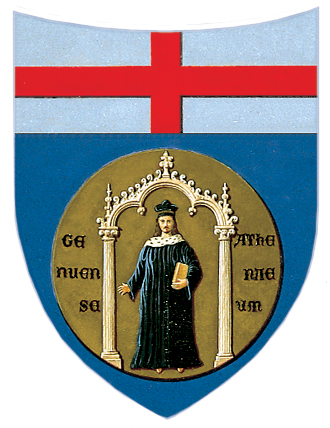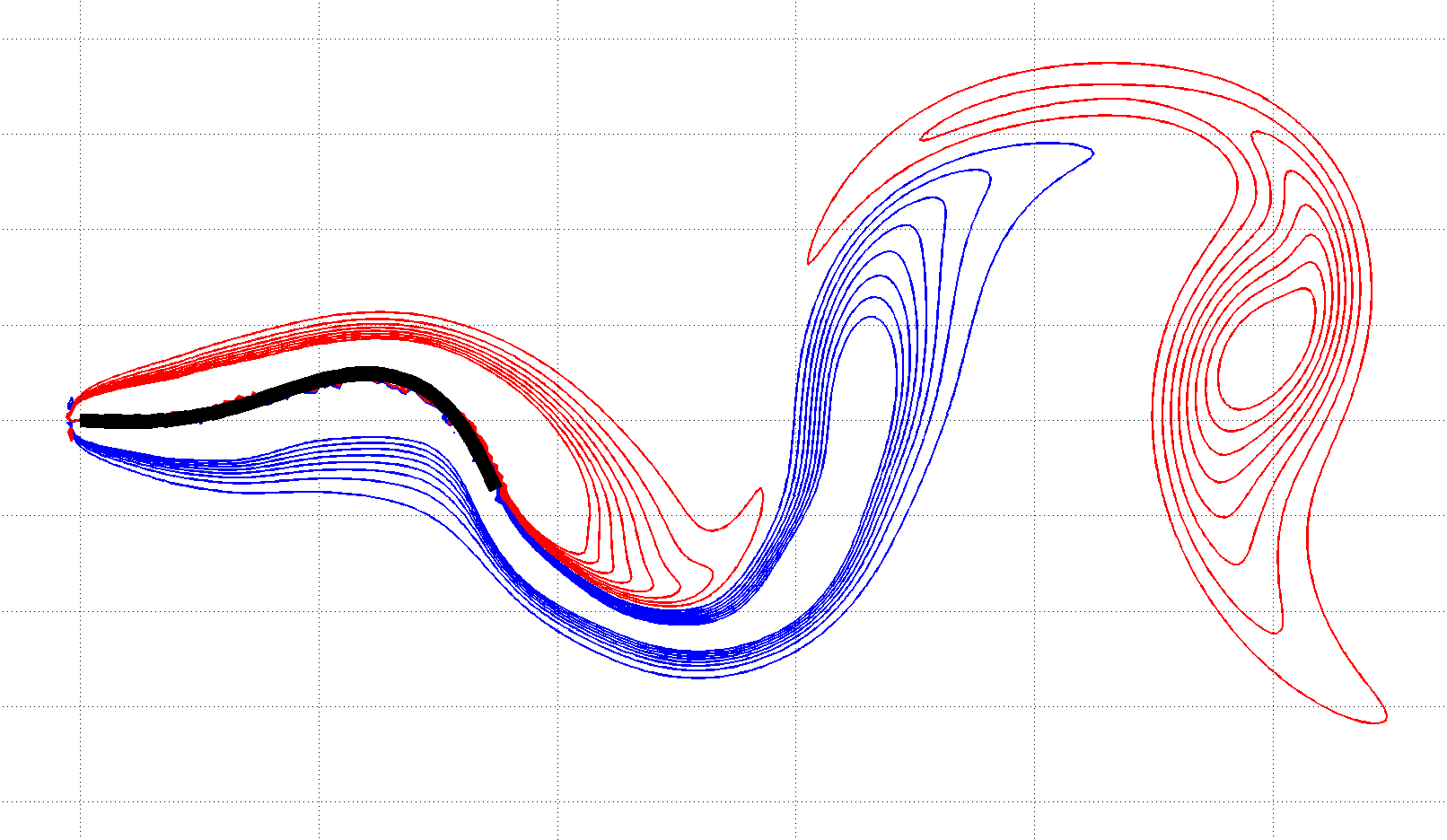

Last decades have seen a growing interest in irregular biological surfaces for their possible applications in both skin friction reduction and delay of the onset of turbulence. A good report of the state-of-the-art and of possible developments is given in [1].

The behaviour of flow around a deformable body introduces an additional complexity with respect to other fluid dynamic simulations in that the geometry of the problem is not fixed a priori, but becomes itself an unknown of the problem. In fluid-structure interaction problems, both fluid and solid domains have to be taken into account together with conditions at the interface (usually both kinetic and dynamical conditions). From what said previously, both fluid and solid domains changes in time. This introduces an additional issue for DNS, in that it would require a grid regeneration every few time steps.
The Immersed Boundary (IB) method proposed by C. S. Peskin in 1977 has turned out to be a practical and efficient way to simulate fluid-structure interaction and has been successfully applied to a wide range of problems, particularly related to biofluid mechanics.
The IB formulation uses an Eulerian structuder grid to describe the flow field, thus preserving affiency and accuracy of the solution, and represents the immersed surface with a set of Lagrangian points. The Eulerian grid is not required to conform to the body surface as the intercommunication between Eulerian and Lagrangian points is handled by a smoothed approximation of the Dirac delta function. The no-slip condition is then enforced at the Lagrangian points by introducing appropriate body forces in the classic Navier-Stokes equations.
Here you can find a talk I gave during the AIMETA conference held in Turin, Italy on 17-20 September 2013.
Here you can find the final presentation of my Phd that I gave on 8th January 2015 in front of my PhD commitee.
Here you can find the Matlab© numerical code I have developed and used for the simulations reported in my Phd Thesis.
- D. W. Bechert, M. Bruse, W. Hage, R. Meyer, ``Fluid Mechanics of Biological Surfacesand their Tecnological Application'', in Naturwissenschaften, 87, 157-171 (2000).
contacts
DICCA
via Montallegro 1, 16145
Genova, Italy
damiano.natali (at) dicat.unige.it
+39 010 353 2560
web site optimized for Firefox